LONGi’s HPBC 2.0 shows superior hot-spot control with temperatures up to 60 °C lower than TOPCon in TÜV anti-shading performance test
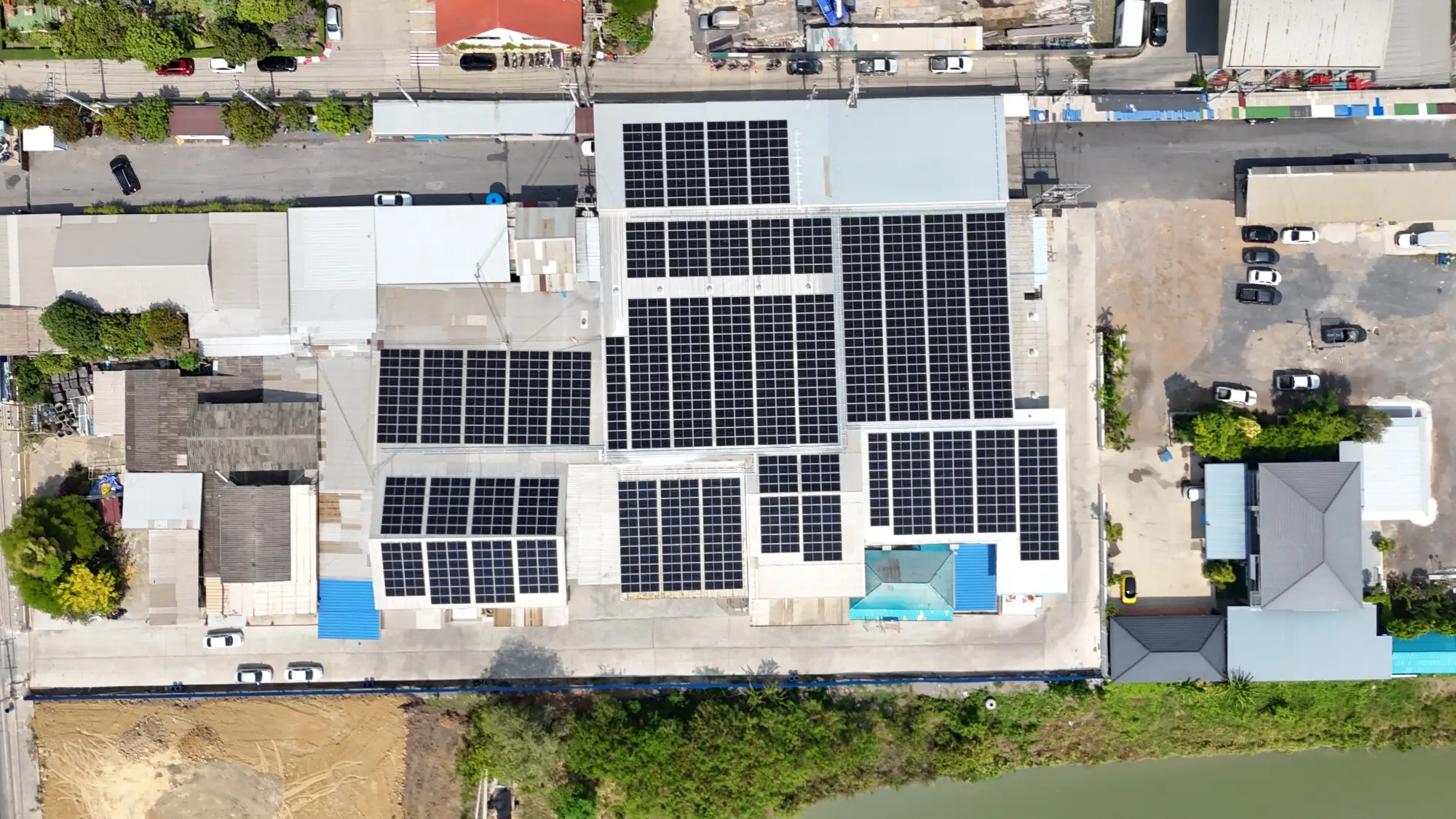
Date
October 28, 2025
read time
Minutes
Subscribe to the Press Newsletter
Contact info
Our friendly team would love to hear from you.
Nadine Bütow
Head of Corporate Communications, LONGi Distributed Generation Europe
nadinebuetow@longi.comIndependent tests confirm superior shading resistance and safety of HPBC 2.0 modules compared with TOPCon technology
LONGi’s HPBC 2.0 (Hybrid Passivated Back Contact) technology has achieved outstanding results in anti-shading performance tests conducted by TÜV Rheinland, a globally recognized certification body. In comparative testing with TOPCon modules, HPBC 2.0 demonstrated significantly better thermal behavior and hot-spot control, confirming its superior reliability and stability under shading conditions. The advanced back contact cell technology is applied in LONGi’s Hi-MO X10 module series.
Under identical shading conditions, the local temperature of TOPCon modules exceeded 160 °C, while the HPBC 2.0 module maintained a much lower peak temperature of approximately 100 °C, representing a maximum difference of 77 °C. The tests also showed that HPBC 2.0 modules experienced significantly less power attenuation than TOPCon products under the same conditions, confirming superior hot-spot control, shading resistance and long-term reliability.
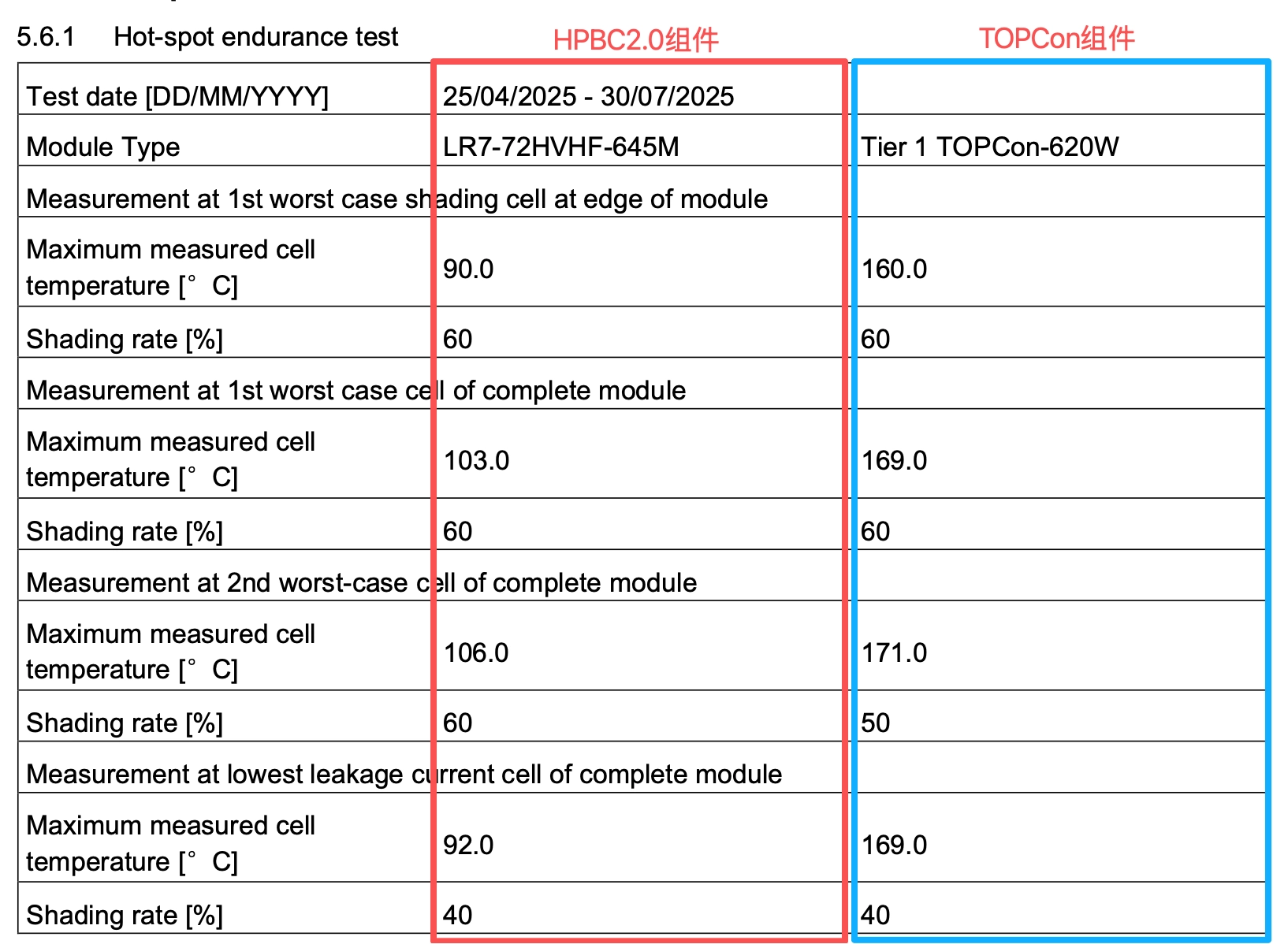
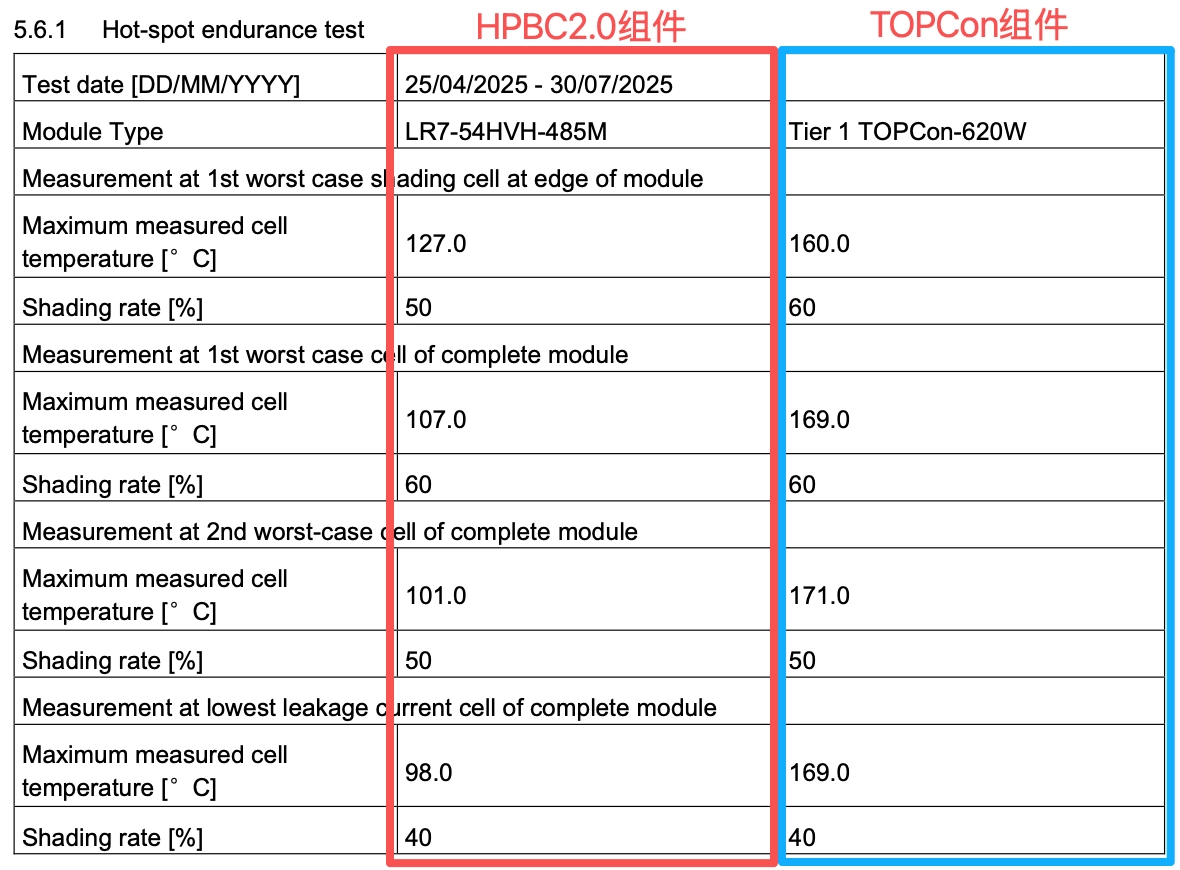
Shading is a critical challenge for PV system reliability
In PV systems, shading from factors such as dust, fallen leaves, snow, and bird droppings remains one of the most persistent challenges affecting energy yield and operational safety. Even minimal shading can lead to substantial power losses and the formation of hot spots, which accelerate material degradation and increase the risk of fire incidents.
TÜV Rheinland’s comprehensive testing found that the HPBC 2.0 module exhibits exceptional resilience to such effects, maintaining higher power output and significantly lower local temperature rise compared with conventional TOPCon modules.
HPBC 2.0’s innovative “weak conduction” design delivers breakthrough performance under partial shading
At the core of LONGi’s HPBC 2.0 technology is an innovative “weak conduction” design that allows each solar cell to independently manage its current path. When partial shading occurs, current automatically bypasses the shaded area through internal current shunting, minimizing energy loss without activating bypass diodes.
In June 2025, LONGi’s Hi-MO X10 series received TÜV Rheinland’s A+ rating for anti-shading performance under point-like shading conditions. Later, in September 2025, the National Center of Supervision and Inspection on Solar Photovoltaic Product Quality (CPVT) awarded Hi-MO X10 the industry’s first “Three-Proof” certificate for fireproof, anti-shading and anti-dust accumulation performance. In CPVT’s shading resistance test, when a single cell was 50 percent shaded, Hi-MO X10 modules recorded an average power loss of just 10.15 percent compared with 36.48 percent for TOPCon modules.
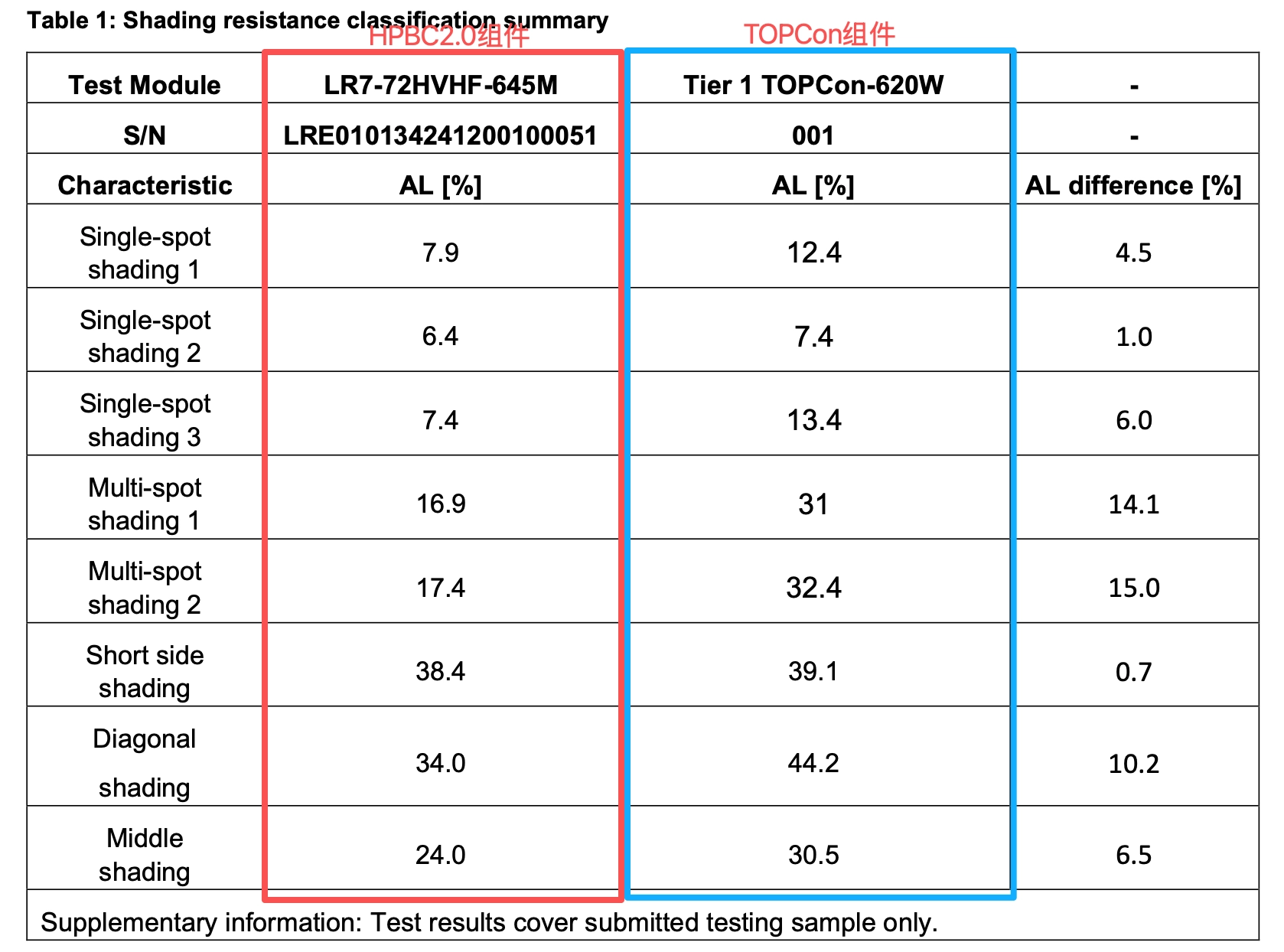
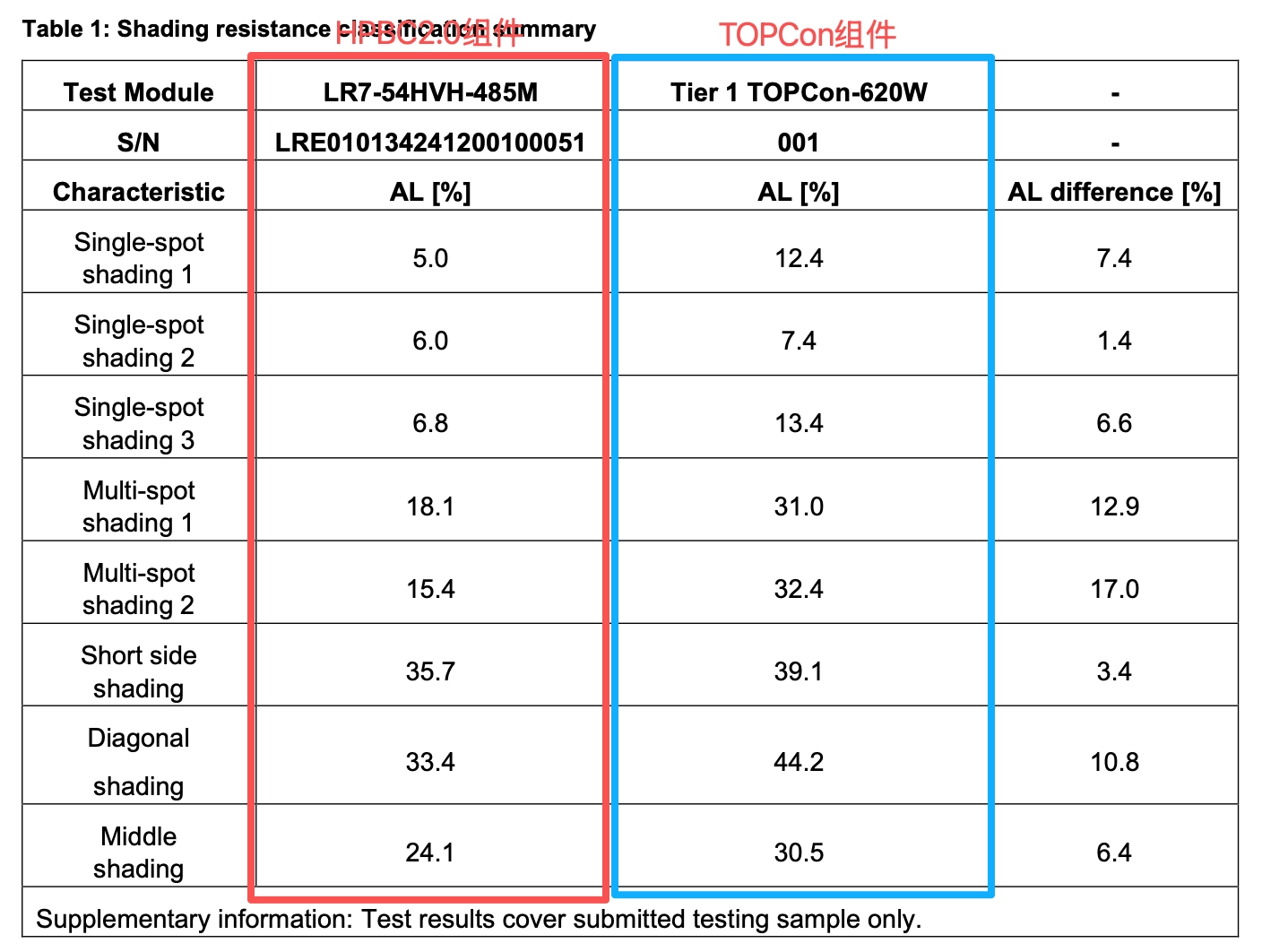
Field data confirms consistent performance of LONGi’s HPBC 2.0 technology
The enhanced shading tolerance of LONGi’s Hi-MO X10 modules is already demonstrating measurable benefits in commercial and industrial applications around the world.
At Shanghai AB Food & Beverages Limited, the producer of the Ovaltine brand, Hi-MO X10 modules were selected for a 670kW rooftop installation. Despite the complex shading environment caused by ventilation ducts and lightning rods, the project achieved stable performance, reducing electricity costs by more than 870,000 yuan (approximately €105,000) annually.
In Thailand, a 974.08 kW PV power plant developed by LONGi and PPE Solar for Chumponwarin Part., Ltd. has shown equally positive results. Even during the rainy season, the system saves around 400,000 Thai Baht (approximately €10,000) per month, equivalent to 20 percent of the facility’s electricity expenditure.
LONGi’s back contact technology supports high-quality development across the PV industry
By combining higher energy yield, improved reliability and superior safety, LONGi’s HPBC 2.0 modules contribute to a lower Levelized Cost of Electricity (LCOE) and stronger investment returns for power plant owners. The results verified by TÜV Rheinland further underline the technical maturity and market potential of Back Contact (BC) technology in complex application environments.

